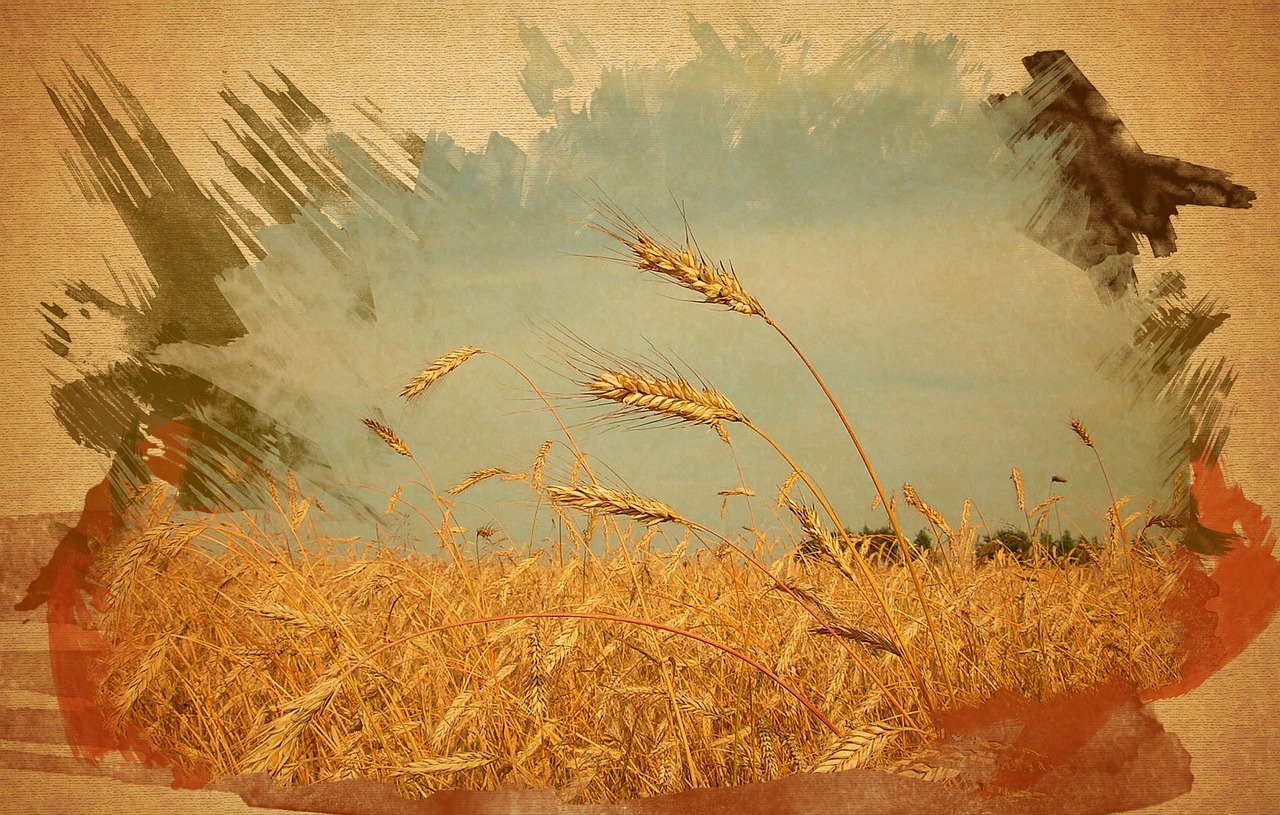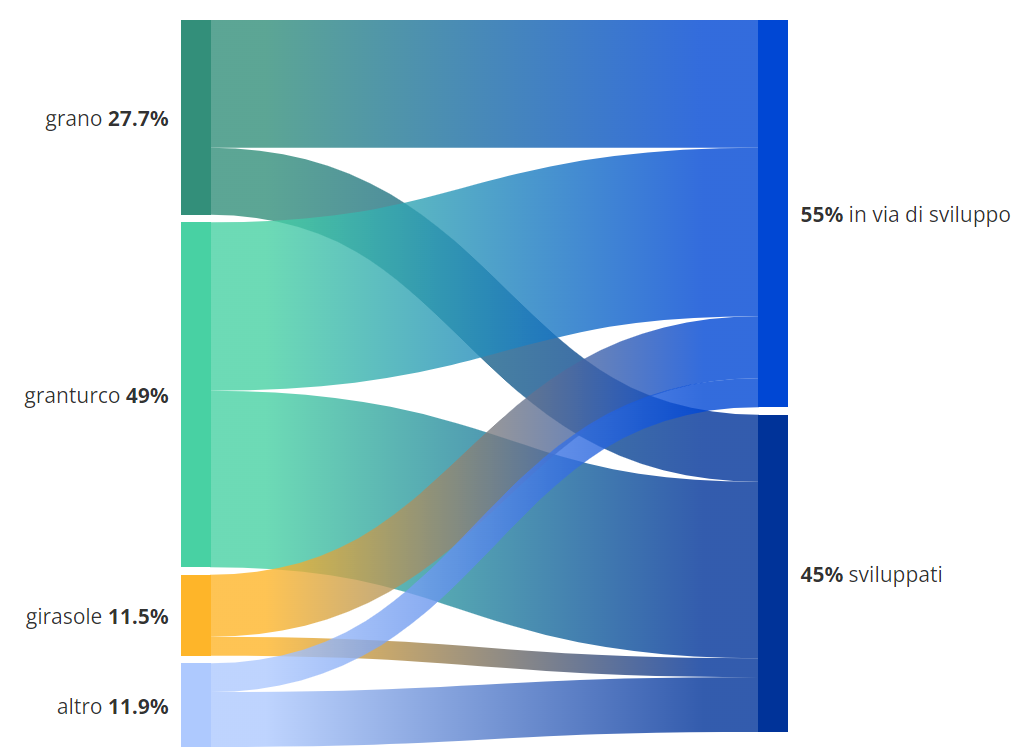Preface 2023
Preface – magazine 2023 A contemporary magazine feeds upon dynamism and vigour. It instantly perceives the inputs deriving from the readers and evolves, offering its best at...
Preface – magazine 2023 A contemporary magazine feeds upon dynamism and vigour. It instantly perceives the inputs deriving from the readers and evolves, offering its best at...
Luca Galantini e Marco Maldera Which are and what do raw materials describe when we consider food as a subject matter? What are their roles in the international context? ...
Florentine culinary tradition is…homemade Nicoletta Arbusti Thomas Harris writes in his celebrated book Hannibal, Chapter 27: In Piazza Santo Spirito, near the fountain....
Nicoletta Arbusti A sunny day, mild weather. Sweet as the taste of the biscuits Massimo Bocus offers me. He is the Executive Sous Chef and Director of Food and Wine Studies at...
My wine story continues. I will start now with the visual analysis of the wine. That allows us to understand how the vinification and storage occurred, the age of the wine and the...
The salt routes Ilaria Persello Salt roads are ancient commercial routes which have remained unchanged for centuries. They have connected coastal cities with the inland and vice...
Our body is a sacred place. We need to cure, love and protect it. Natural bodybuilding was born in contraposition to classic bodybuilding. It consists literally of natural...
Technologies from the aerospace sector make food production eco-friendly and improve the quality of what we bring to our tables. They may seem worlds apart, yet food and aerospace...
They showed the film Spartacus, directed by Stanley Kubrick, for the first time in October 1960, in New York. The protagonist, Kirk Douglas, was the rebel gladiator. He was also...
THE THOUSAND MEDITERRANEAN SHORES OF THE ISLAND, ONE AND INFINITE The historian Fernand Braudel affirms that the Mediterranean is a thousand things together. In contrast,...
Luca Galantini e Marco Maldera

Which are and what do raw materials describe when we consider food as a subject matter? What are their roles in the international context?
When we speak of raw materials or commodities, we refer to products of the mineral industry. It is necessary to underline how such terms are not specific to this sector and, instead, we need to distinguish them into soft commodities – cultivated or breaded raw materials (such as coffee, cocoa, sugar, cotton, wheat, corn, soy, palm oil, and livestock) – and hard commodities, extracted from the ground (such as oil, gold, copper and zinc).
Focusing on soft commodities, we can easily comprehend how these are significant for everyday life since they constitute the basis and the principal brick of the imminent food pyramid. Furthermore, the following numbers can underscore their importance. Every year, the market for such products is worth 4.000 billion dollars, and they trade them on the international market for a value of 1.300 billion dollars. As with any other product, commodities can be sold and exchanged on physical or virtual markets, known as raw material marketplaces. The mechanism to define prices in such markets is influenced by some elements that make commodities particularly vulnerable to unpredictability, sudden unforeseen changes, such as:
Natural events, namely weather conditions;
Economic circumstances such as the alteration of interest rates or the value of the US dollar, currency adopted for international exchanges;
Political events: wars or embargos inflicted on specific countries.
Specifically, the last point highlights how markets for raw materials are an integrant part of the global economy. Because of the slow but constant climate changes, if weather conditions are prominent and seem to have a higher impact on the raw material market, the Russian invasion of Ukraine in February 2022 has had notable effects on the soft commodities demand, revealing the volatile nature and its dependence to political stability.
The Ukrainian conflict has immediately impacted the price of some raw materials, which Russia and Ukraine export in great numbers, even because of the interruption of the logistics caused by such an event. Wheat, corn, soy and vegetable oils are the most hit products due to the war. We can see that the two countries produce 30% of the wheat employed worldwide, 55% of the sunflower oil, 20% of corn, and 32% of barley. Furthermore, before the conflict broke out, fifty developing countries received at least a third of their wheat from Moscow and Kyiv. Historically, Ukraine has been defined as the Granary of Europe and is the first producer and worldwide exporter of agricultural products. Between 2016 and 2021, more than half (58%) of all wheat exports reached Asia and 34% Africa.
The problem, in any case, is not limited to these goods and world regions because the transmission phenomenon and the spillover effects have provoked price growth in all markets. With the rise of products connected to energy (we shall not forget the role of Russia in the gas field), further increases have impacted mainly raw materials that need noteworthy productive and transformative inputs, such as dairy products, eggs, and sugar. Higher production costs along the whole production line have impacted the price of fertilizer connected to gas and produced in Russia and Ukraine. In addition, we need to frame such variations inside the global context, where many markets were already experiencing tensions, for some time now, due to the effects of other factors, such as the rise of demand in the post-Covid era.
Ukraine plays an essential role in guaranteeing the food supply in some of the poorest countries in the world, as the President of the European Council, Charles Michel, pointed out on the occasion of the Global Food Security Summit, held in New York in September 2022. ‘Food security is a major global challenge today. Today’s global food crisis is being exacerbated by Russia’s war against Ukraine. It impacts every country.’
Among the actions implemented to face the problem of global food insecurity, in July 2022, Russia agreed to end the block of Ukrainian ports on the Black Sea thanks to an agreement negotiated by Turkey and the United Nations. They launched the so-called Initiative for Cereals of the Black Sea to support the exportation of wheat and other Ukrainian foodstuffs. From then to March 2023, thanks to this initiative, more than 23 million tons of agricultural products have been shipped from Ukraine. More than 65% of the wheat has reached many developing countries.
 Share of exports along the Black Sea route by goods and destination
Share of exports along the Black Sea route by goods and destination
It is necessary to highlight how the ongoing war represents just the last example of how raw materials in food carry enormous weight in international affairs. In particular, during the second half of the past century, soft commodities markets recorded two notable price increases, both in times similar to the shock caused by the price of oil. The first happened during the oil crisis of 1972-74, and the second in the 2000s, within the meaningful price boost connected to raw materials. Such as the case of oil, food prices experienced an increase in 2008 and again in 2011. During the latter year, the effects of climate changes hit some major wheat producers in Australia, Ukraine and the United States, causing, among many factors, the steep rise of prices, which were at the origins of social tensions that resulted in revolts for bread in the Middle East, the Arab Spring upraise, and in the long period, the civil war in Syria.
Even considering the ongoing climate change, the rise of the population primarily in underdeveloped countries, and potential future conflicts due to water shortage, it becomes essential not to undervalue how foodstuffs, starting from soft commodities, play a significant role in the international environment.
Resources:
Black Sea Grain Initiative Joint Coordination Centre, https://www.un.org/en/black-sea-grain-initiative/vessel-movements
European Council, Council of the European Union (2022), Sicurezza Alimentare e Accessibilità Economica dei Prodotti Alimentari, https://www.consilium.europa.eu/it/policies/food-security-and-affordability/
European Council, Council of the European Union (2022). Infografica – Spiegazione delle Esportazioni Ucraine di Cereali, https://www.consilium.europa.eu/it/infographics/ukrainian-grain-exports-explained/ to see the graph in English, set the language at the top right of the page
Taskforce on Nature Markets (2023), Soft Commodities Scoping Paper, https://www.naturemarkets.net/publications/soft-commodities-scoping-paper
World Bank Group (2022). Commodity Markets: Evolution, Challenges, and Policies, https://www.worldbank.org/en/research/publication/commodity-markets